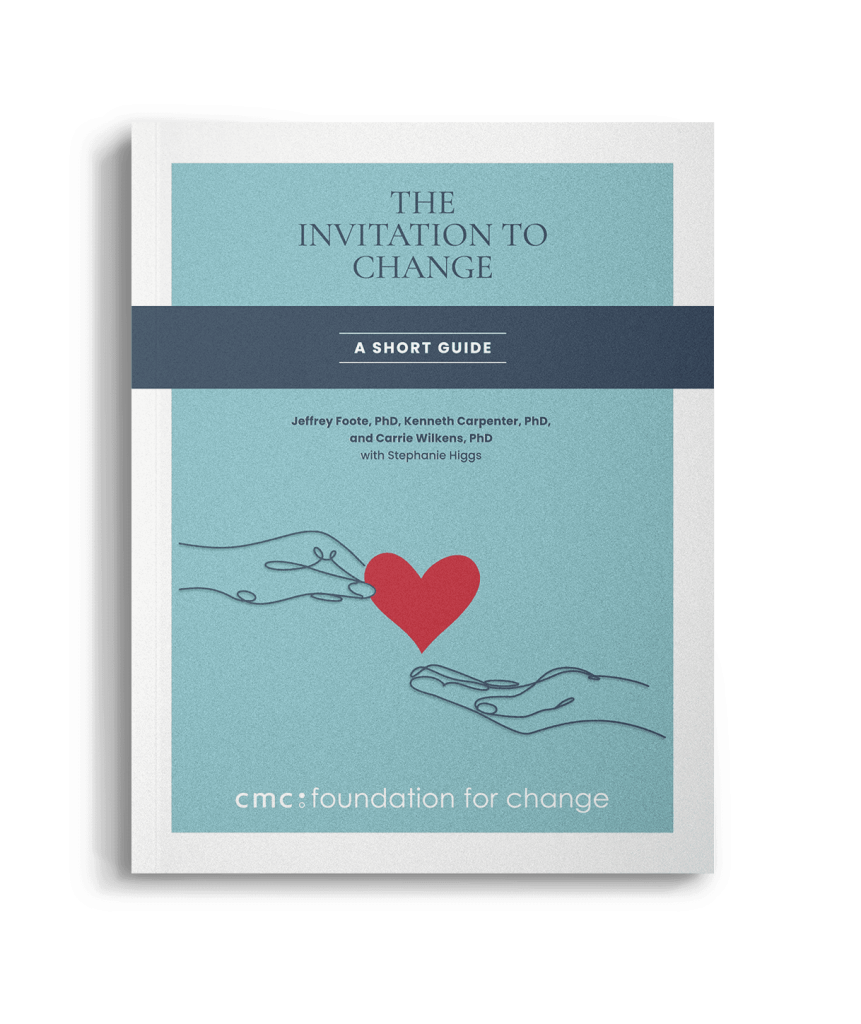There are classic communication traps you can recognize a mile away… if you know what to look for. Here are some of the most common.
The Information Trap: If only he knew the facts he would see things differently and change. Information can be helpful, especially when it fills a gap. It is less helpful to tell your partner something he already knows. When you do have fresh information, offering it in a “sandwich,” as you learned in Communicating with LOVE: Offering Information will maximize the chances that it gets across. But there are no magic words for change, so try to be patient. Improving the quality of your communication over time will help, as well as being a valuable change in and of itself.
The Lecture Trap: This is a deeper information trap. One sign that you have entered this trap is when you find yourself talking “at” your partner about what you think he should do, what his problems are, what went wrong last week, and so on, rather than talking “with” him.
The Labeling Trap: Labels are not necessary for change, and at times get in the way. This trap results in a conversations being about labels and not behavior. (“You’re an addict.” —“No, I’m not.”)
The Blaming Trap: When you’re worried, frustrated, or sad about a situation, it is easy to get stuck in the blaming trap—who is at fault or who is to blame? This trap shuts down a conversation and backs your partner’s motivation into a corner.
The Taking-Sides Trap: If you take only one side of a discussion, it’s practically a set up for your partner to take the other, and she may end up defending behaviors she actually feels ambivalent about. Instead of one side against the other you can be on the same side, the side of constructive conversation, considering different options together.
The Question-and-Answer Trap: Closed questions set off this trap and result in an interview, or worse, an interrogation (“Did you get high last night? Did you forget your phone? Did you do the errand you said you would?”). Open questions are more likely to steer your conversation to a productive exchange.
Next Page: Helping With Actions


